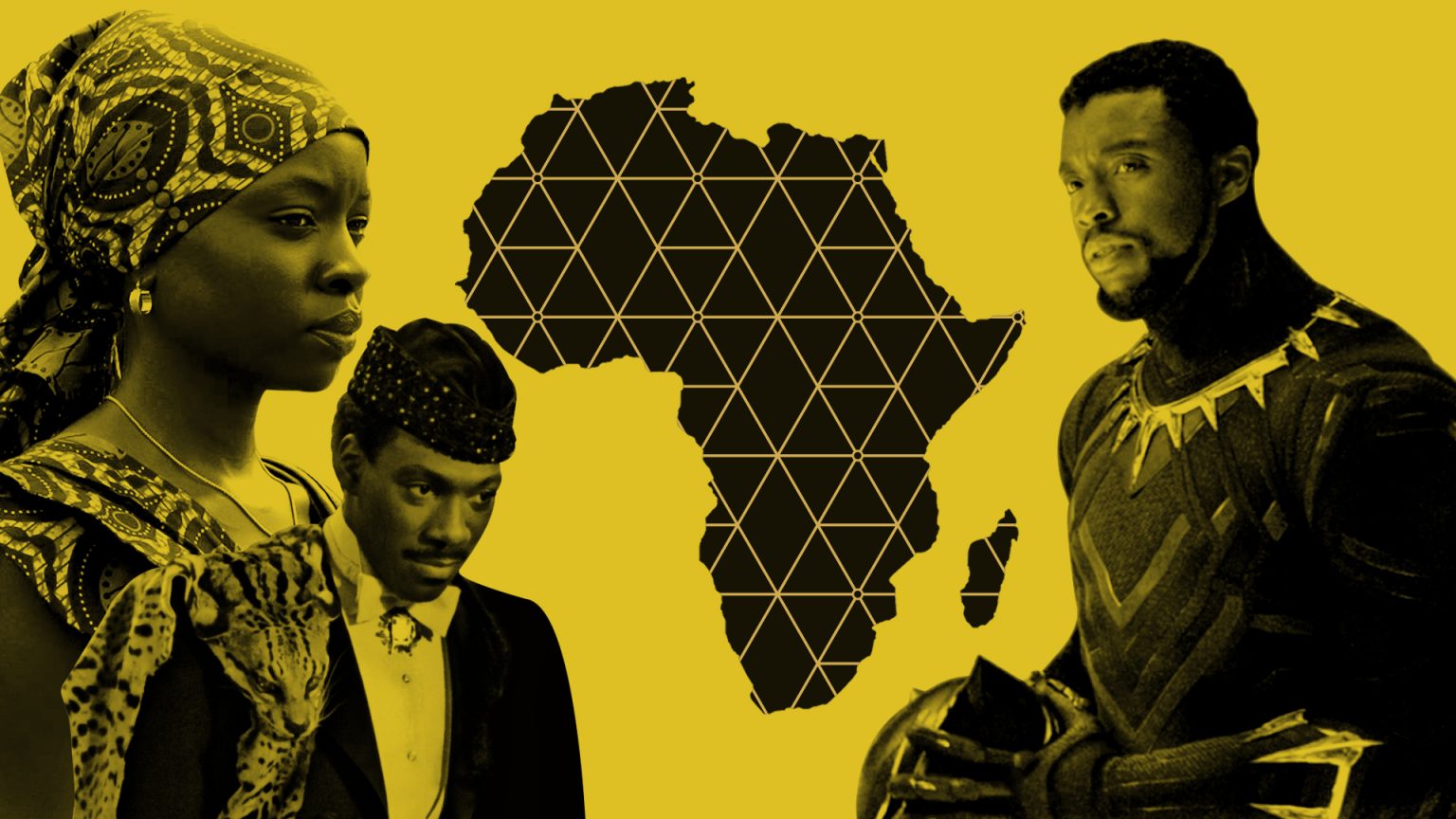In a pivotal scene in Black Panther, Erik Killmonger, the complicated antagonist to King T’Challa (otherwise known as the Black Panther), recalls his father telling him about the beauty of the sunsets in the mythical African country of Wakanda. “Can you believe that?” he asks. “A kid from Oakland running around believing in fairytales.” For a long time now, the hope of films told from the non-white perspective of the people and places of Africa have felt as distant as the Killmonger’s fairytales.
For the third weekend in a row, Black Panther is likely to command the box office. It’s already the third highest grossing Marvel Cinematic Universe feature to earn more than $411 million domestically and $316.2 million internationally. An avalanche of Black Panther sequels, spinoffs, and Halloween costumes is likely in the works from Marvel Cinematic Universe and its partner, The Walt Disney Company. Hollywood will seize this moment to embrace Wakanda but wouldn’t it be great if the industry actually embraced the culturally rich continent on which Wakanda is based?
Director Ryan Coogler, costume designer Ruth Carter, and production designer Hannah Beachler, with care and painstaking research, created the cinematic world of Wakanda from African cultures across the continent, from the Turkana people in Kenya, the Dogon in Mali, and the Ndebele of Zimbabwe.
It’s far more than most Hollywood productions have done to bring African culture to the screen. Even in titles with Africa in them, The African Queen, Out of Africa, and I Dreamed of Africa, the storylines are reflective of the white foreigner’s experience rather than the experience of the people of the continent. That the white gaze would be as central as it is to Hollywood’s cinematic interest isn’t surprising. From needlessly telling stories from the point of view of white characters to whitewashing, Hollywood has consistently subverted the stories of non-white people and cultures.
Fictionalized versions of Africa are also nothing new. Twenty-five years ago, Coming to America’s Zamunda created its own cultural touchstone for an invented Africa, complete with rose petal strewn walkways and women who would bark like a dog on command. Though neither Wakanda nor Zamunda occupy a place on a map, it is arguable that a movie like Out of Africa, which is set in colonized Kenya, is also not set in a “real” place, because of how it’s told through the skewed perspective of a white colonizer.
Of course, in movies, every place is artifice, complete with golden hour light and studio-funded stagecraft. With the right cinematic touches, however, a movie can make a viewer eager to find the truth that lies behind the artifice. Some places have come to be defined by the movies that use them as their setting—so much so that when we think of these cities and countries, we often conjure images of scenes from these movies. These places are given the benefit of being based in reality while still allowing for exploration of the imagination. La Dolce Vita conjured Rome. And the Trevi Fountain that Anita Ekberg swims in has become emblematic in both cinema and tourist photos. Jean Luc Godard’s Breathless wends its way through the streets of Paris, a cigarette always burning between its characters’ lips. In Lost in Translation, Sophia Coppola sets the quirky tone of Tokyo to the mode of karaoke.
But this is not the case with Africa. Different countries in Africa are rarely even differentiated from one another. How many moviegoers hear Uganda and can picture it? Or Ghana? How many have a distinct picture of an urban center like Cape Town or Lagos? In Hollywood’s narrow depictions of Africa, it is a monolith—dark, impenetrable, rife with famine and war. There has rarely been space for depictions of family, love, or the quotidian drama of living.
Bollywood, India’s movie-making center based in Mumbai, has eked its way into the hearts of some American moviegoers and inspired American adaptations of storylines. In the 1960s, the cinematic movements of French New Wave and Italian Neorealism transformed American filmmaking. But Nigeria’s movie industry of Nollywood, which rivals Bollywood in output, is largely unacknowledged in American culture and African filmmakers like Senegal’s Ousmane Sembene have never been as heralded as his European counterparts. African films, such as 2013s Mother of George (watchable here on Fandor) and contemporary African filmmakers like its director, Andrew Dosunmu, often do not even garner the level of interest as other foreign films and filmmakers.
Perhaps Black Panther can be a turning point. Ryan Coogler and Michael B. Jordan have said they want to bring the story of Mansa Musa, the ruler of the Mail empire and the richest person ever, to the screen. Lupita Nyong’o has just signed on to executive produce and star in an adaptation of Trevor Noah’s memoir. Hopeful signs to be sure.
When Killmonger watches that sunset in Black Panther, he has to admit his father was right. It is beautiful. The dreams of that moment had sustained him but it is only the actual experience of it that is meaningful. Dreams of Africa, even the beautifully drawn ones of Wakanda, are good for inspiring curiosity and interest in filmmakers and moviegoers for stories from a non-white perspective. But if this is where it ends it is not enough. Like Killmonger, the dream of seeing this place can only sustain us so long. Eventually—like, now—we need the real thing.
Camille Acker is a freelance writer living in Chicago, IL. Find more of her work at www.thespinstersunion.com or at www.camilleacker.com.




